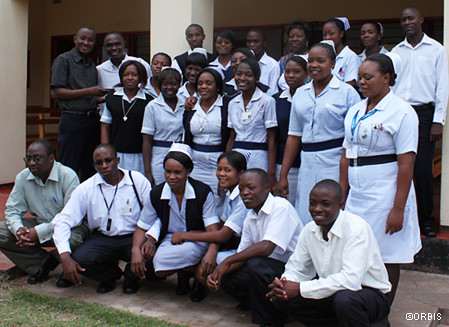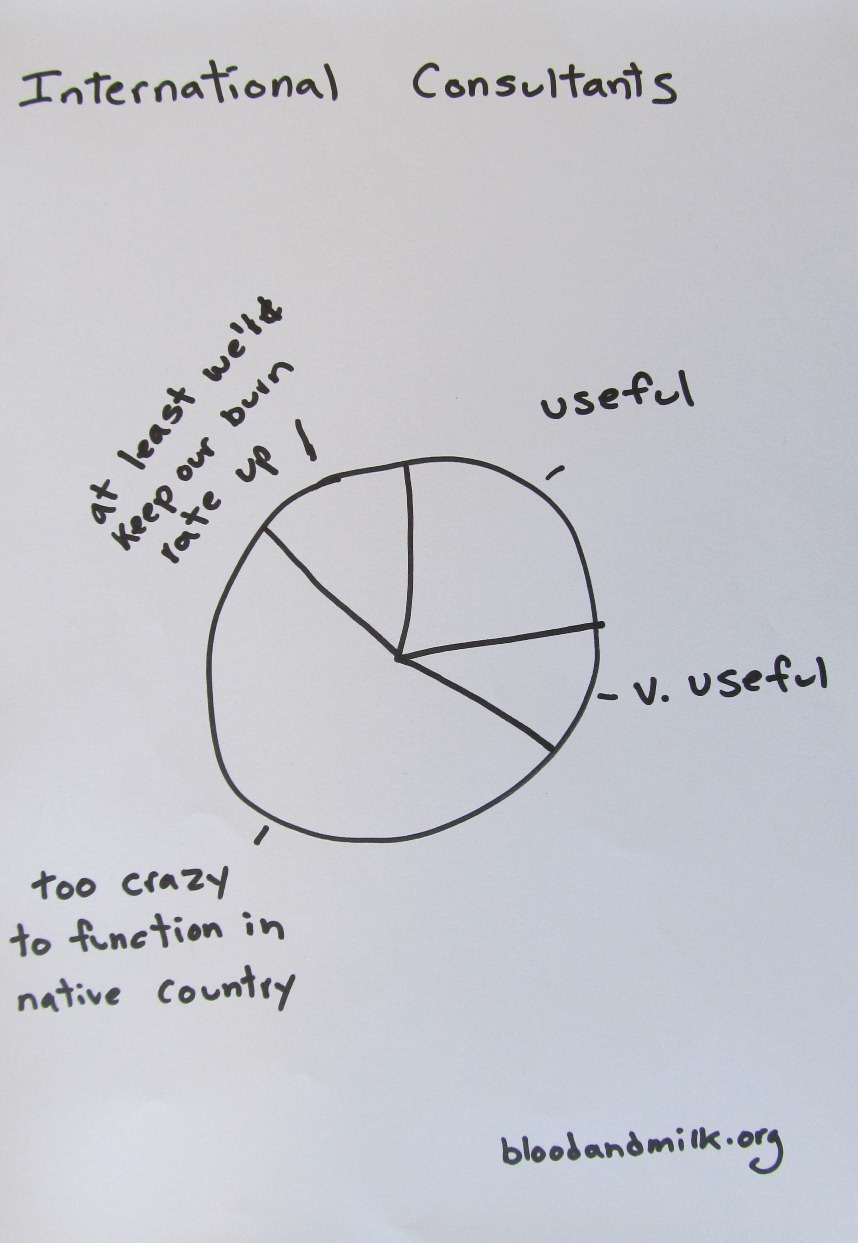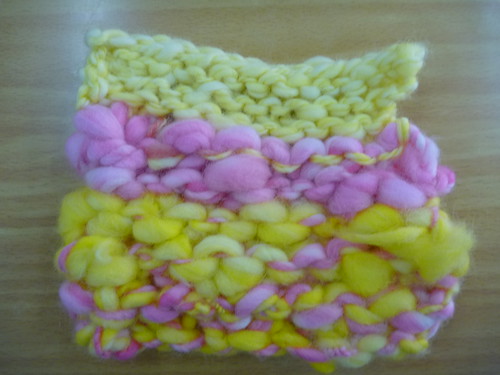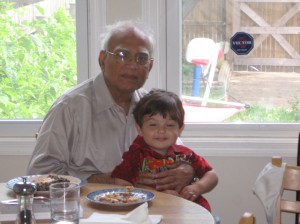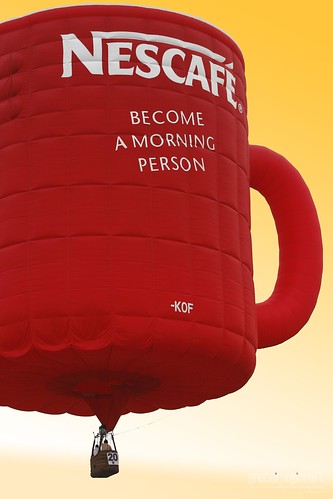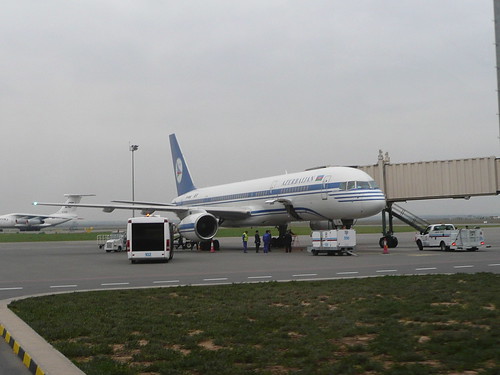
While I was on my way to my new home in Baku*, someone left this comment on my blog:
Well…., great blog. I appreciate your contribution to the field of I/D. I go to know about this from Chris Blattman’s blog. Just one issue- Why would you charge anyone (students) for career advise, though? I don’t even pay for journal articles while writing my thesis for God’s sake!!!
”It’s $2/month and well worth the cost”—If you can charge only 2 dollars, then you can as well afford not to.(it wont have any implications on your mortgage) I know there’s time invested here but then again, even the busiest, craziest academics give career advise gratis, just saying:)
Also, It’s ironic that you’re involved with international development. I would understand if it was someone in the field of investment banking- we know they don’t give a *@?%
This reminds me of some guy in Kenya (my undergraduate) who used to give information and advise on scholarships in developed countries at a fee. You know in Africa, where I grew up, many bright kids miss out on opportunities just because some people control information that they can not afford to access. Imagine if those people took it upon themselves to make sure everyone gets that juicy information regardless of their background. Hope you understand:)
I’m glad this reader asked. I did a lot of thinking before I set up IDCL, and I’m happy to share that thinking here.
I give career advice for free to people I know. I have rewritten resumes, helped with job searches, and done practice interviews for dozens (possibly hundreds) of friends and colleagues. I have a knack for this, and I’m glad it can be useful. I love helping people do great things.
But I have this blog, and a lot of people read it. I get emails just about daily asking about international development careers. It takes me at least 30 minutes, sometimes more, to answer an email like that. I used to answer as many as I could, anyway. Because I really do want to help. I should probably note here that the vast majority of people who write to me aren’t from the developing world. They are entitled, hyper-focused Georgetown undergrads**. (I was one, so I know of what I speak.) 99% of the time, I never heard back from the letter-writer. No “thank you,” and no update on how it turned out.
It was frustrating. My post on Peace Corps includes an explicit promise to anyone who wants to write to me. To date, about 20 people have written. I have replied to every single one. One of them has written back to say thanks and let me know how the situation turned out. This frustrates me.
My original plan was to just stop answering the emails. It took a lot of time and had no discernible effect on the world. I was sick of it. In other words, when I placed a low value on my time, other people placed a low value on it too. That helped no one, because it made me want to stop offering my time at all.
So, the careers list. Having to sign up for something knocks out the people who aren’t serious, and two dollars was chosen on purpose to be a price low enough not to create a financial barrier. Being able to share responses with a whole group makes me feel like the time spent answering questions is well spent. And user fees have a long and studied role in international development.***
You’re right, though, that I don’t want anyone to miss out on useful information because of their background. I’ve amended the Career Advice page to explicitly state that if you can’t pay, contact me anyway. And I am saying it here, too. If you can’t pay for career advice and need help, email me anyway. We’ll work something out.
*Do you live in Baku? Have suggestions for settling in here? Email me!
**Yes, okay, sometimes they attend other schools, and sometimes they are grad students. But Georgetown (and BYU) are way up there.
***Among other things, they tend to reduce access to health care, which does in fact solidly undercut my point.
(photo credit: dan)
Yes, that is an Azerbaijan air plane, much like the one I arrived on.
